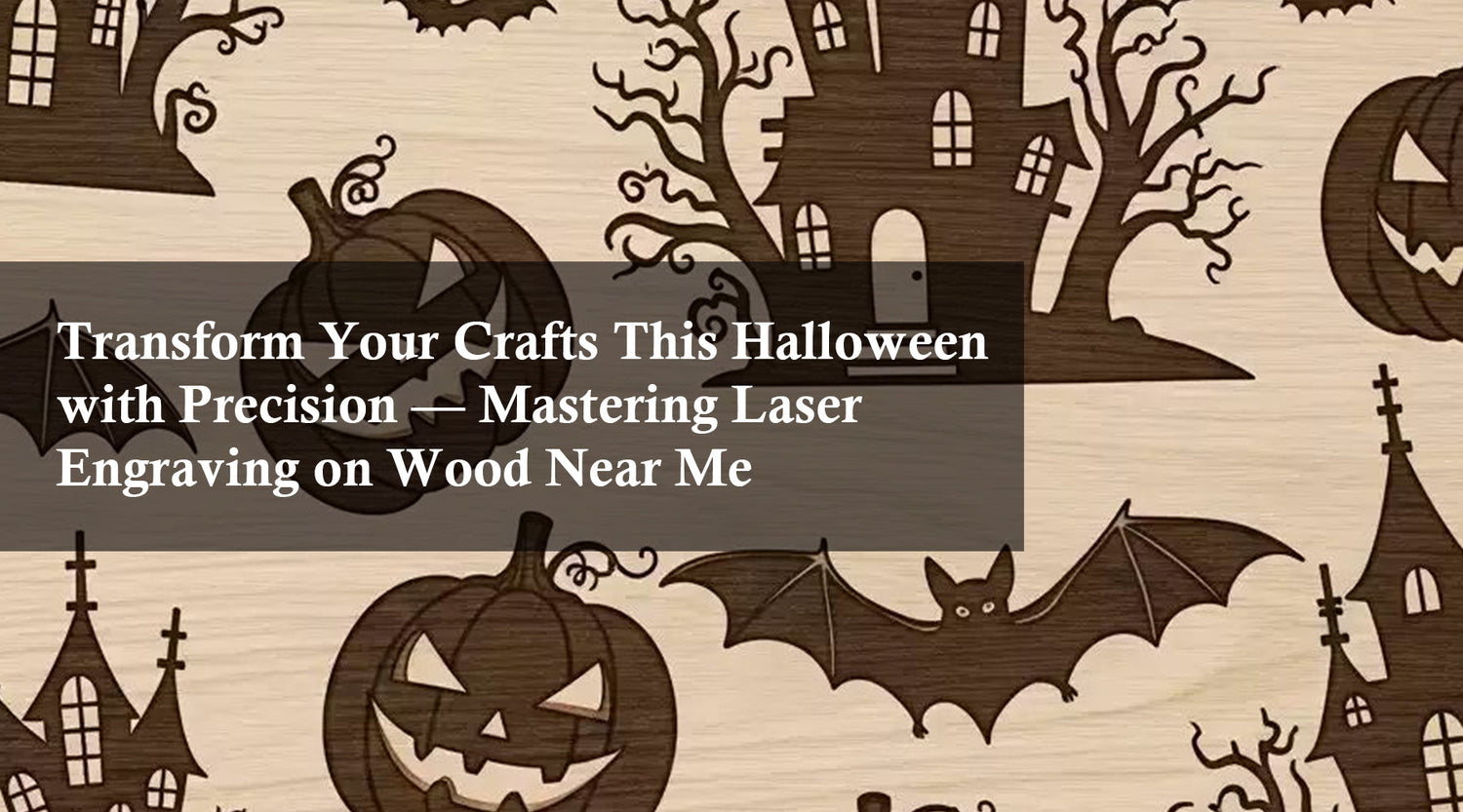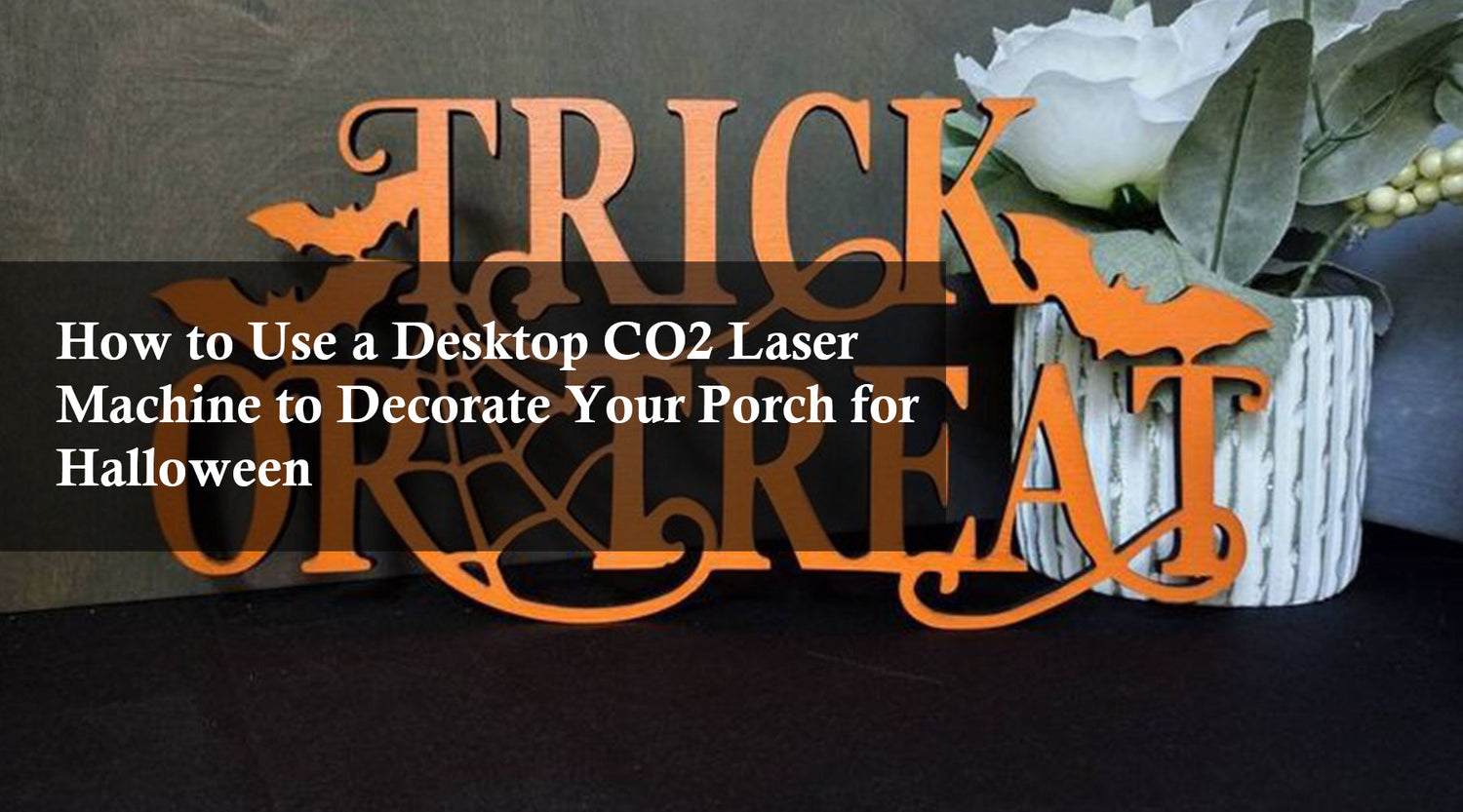Cutting plastic sheets can be a tricky task if you don't have the right laser cutting and engraving machine tools and techniques, including plastic cut. Whether you're a DIY enthusiast or a professional looking to enhance your skills, learning how to cut plastic sheet with precision can make all the difference. This guide will walk you through everything you need to know about how do you cut plastic sheets effectively with a laser cutting and engraving machine. We'll also delve into the specifics of using a laser acrylic sheet cutter, particularly the Monport 60W CO2 Laser Engraver & Cutter, it’s considered by many as the best tool to cut plastic sheet when accuracy matters most. When working on large builds, learning how to cut through plastic cleanly and safely becomes essential, especially for projects that involve trimming plastics or shaping durable sheets like ABS or PVC.
Unlock Big Savings at Monport Laser! Use code BESTMP10 at checkout for an exclusive discount – Click here to shop now!
Understanding Plastic Sheets
Types of Plastic Sheets
Before diving into plastic cutting, it's crucial to understand the various types of plastic sheets available:
Acrylic: Known for its clarity and resistance to impact.
Polycarbonate: More durable than acrylic but less transparent.
PVC: Versatile and easy to cut but not as strong as polycarbonate.
Polyethylene: Lightweight and used for various applications but can be tricky to cut cleanly.
Each type of plastic has unique properties, so choosing the right one for your project is essential to determine the best tool to cut plastic sheet efficiently. Knowing how do you cut perspex sheets with precision also helps you select the most suitable tool for your needs. This is especially important for users who frequently perform trimming plastics tasks or want to learn how to cut PVC sheet or how to cut ABS plastic sheet accurately for industrial or home use.
Tools for Cutting Plastic Sheets

Traditional Tools
You can perform plastic cutting using traditional tools like:
Utility Knife: Great for scoring and snapping thin sheets.
Jigsaw: Offers better control for thicker sheets.
Circular Saw: Effective for straight cuts on rigid, thicker materials.
While these tools are serviceable, they lack the finesse and accuracy of a laser cutter, especially for detailed projects. Many users also find that traditional tools make it harder to cut plastic sheeting or trim plastics without chipping or melting edges.
Advanced Tools: Laser Cutters
Laser cutters, like the Monport 60W CO₂ Laser Engraver & Cutter, take plastic cutting to a professional level. They deliver clean, precise edges with minimal effort and eliminate common issues like cracking and chipping. For anyone exploring how do you cut perspex sheets professionally, laser cutters are the ideal solution. They also provide one of the best ways to cut plastic sheets when you're dealing with PVC, acrylic, or ABS materials.
How Do You Cut Plastic Sheets?

Manual Cutting Techniques
Scoring and Snapping: For thin sheets, use a utility knife to score along the cutting line, then snap the sheet along the scored line.
Jigsaw: For thicker sheets, a jigsaw with a fine-tooth blade can help achieve clean cuts. Ensure the sheet is securely clamped to prevent movement. These are helpful when you want to learn how do you cut PVC sheets manually or when working with basic trimming plastics tasks.
Using a Laser Cutter
For professional and precise cuts, a laser cutter like the Monport 60W CO2 Laser Engraver & Cutter is your best bet. Here's a step-by-step guide using laser cutting and engraving machine:
Setup: Secure the plastic sheet on the laser cutter bed.
Design: Use software to design the cut. Ensure the design matches your project specifications.
Adjust Settings: Set the laser power and speed. For acrylic, start with lower power and increase as needed.
Cutting: Initiate the cut. The laser will follow the design precisely, resulting in clean, smooth edges.
The Monport laser cutter proves again why it's often considered the best tool to cut plastic sheet for detailed and clean output. It’s also one of the top recommendations when you’re learning how do you cut perspex sheets without cracks or burns. This method is also ideal when researching how to cut plastic sheets or how to cut through plastic without deforming the material.
Laser Cutting Acrylic Sheets
Laser acrylic sheet cutting requires specific settings to achieve the best results. Here’s a table outlining recommended settings:
Thickness | Power (%) | Speed (mm/s) | Frequency (Hz)
1/8" | 60 | 300 | 5000
1/4" | 70 | 250 | 5000
1/2" | 80 | 200 | 5000
Important Details

Benefits of Using a Laser Cutter
Precision: Achieve intricate and precise cuts that are difficult with traditional tools.
Efficiency: Faster cutting speeds, especially for complex designs.
Versatility: Capable of cutting various materials beyond plastics, including wood and textiles.
Choosing the Right Laser Cutter
When looking for a cutter that can handle everything from PVC to acrylic, the Monport 60W CO2 Laser Engraver & Cutter (24" x 16") with Autofocus stands out. It’s powerful, precise, and user-friendly—ideal for those wondering how do you cut PVC sheets safely and efficiently. The machine also supports users exploring how to cut ABS plastic sheet or how to cut plastic sheets cleanly for prototyping.
Takeaways
Understand Material Properties: Different plastics require different cutting techniques.
Choose the Right Tool: Traditional tools for simple cuts; laser cutters for precision.
Safety First: Always wear protective gear and ensure proper ventilation when cutting plastics with laser cutting and engraving machine. These rules also apply to anyone learning how do you cut perspex sheets safely and neatly.
Enhance Your Metal Engraving with Monport Black Laser Marking Spray
Monport black laser marking spray is designed to provide sharp, high-contrast markings on a variety of metals, including aluminum, brass, and stainless steel. When used with CO2 laser engraving machines, this black laser marking spray ensures a smooth, even application that delivers long-lasting, permanent marks. The quick-drying formula of this spray helps maintain a fast-paced workflow, allowing the markings to dry in just minutes. With its easy-to-use design, Monport black laser marking spray creates professional-grade results for any metal engraving project. Whether you’re customizing tools, jewelry, or industrial parts, this black laser marking spray will ensure your creations stand out with exceptional precision and clarity.
Frequently Asked Questions (FAQs)
Q1: What is the best method for cutting plastic sheets accurately?
A: The best method for cutting plastic sheets with precision is using a laser cutting and engraving machine like the Monport 60W CO2 Laser Engraver & Cutter. It delivers clean, smooth edges without cracking or chipping, unlike manual tools such as jigsaws or utility knives.
Q2: Can I use a laser cutter to cut all types of plastic sheets?
A: Most plastics like acrylic, polycarbonate, and PVC can be cut using a laser cutter. However, you should always verify material compatibility, as some plastics release harmful fumes when exposed to laser heat.
Q3: How do I prevent melting or burning when cutting plastic sheets with a laser?
A: To avoid melting, adjust the laser power and speed settings properly. Start with lower power and moderate speed, then fine-tune based on the thickness of your plastic sheet. Maintaining proper airflow also helps dissipate heat effectively.
Q4: Why should I choose a laser cutter over traditional tools for cutting plastics?
A: A laser cutter offers superior precision, speed, and versatility. Unlike manual tools, it can handle intricate designs and deliver professional-grade results. It’s especially beneficial for those learning how do you cut perspex sheets without cracks or rough edges.
Q5: How often should I maintain my laser cutting and engraving machine?
A: Routine maintenance is essential. Clean the lens after every few uses, inspect the cooling system regularly, and check the alignment of the laser beam. Consistent upkeep ensures the machine stays efficient and delivers precise cuts every time.
Conclusion
Cutting plastic sheets with a laser cutting and engraving machine doesn't have to be daunting. With the right tools and techniques, you can achieve professional results every time. Whether you're using a utility knife for simple tasks or a Monport 60W CO2 Laser Engraver & Cutter for intricate designs, understanding how to plastic cut and the nuances of laser acrylic sheet cutting will set you on the path to success. By mastering how do you cut perspex sheets, you’ll gain skills applicable to a wide range of acrylic and plastic cutting projects. For more information and to purchase the best tool to cut plastic sheet, visit our website today.










